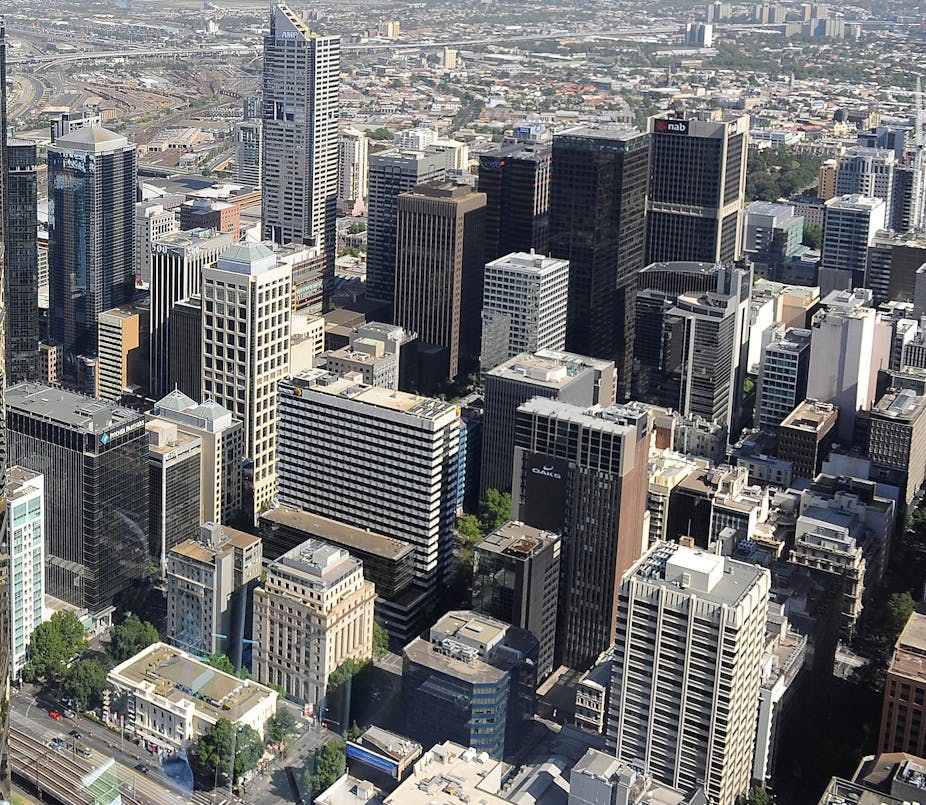The national debate about Australia’s population has been hijacked. It has been dominated by fears that we don’t have the infrastructure to cope with an influx of people, and differing views about migrants’ value to society. But without a discussion about how big we want Australia to be, we’re in danger of creating a policy vacuum.
Population policy drives how the economy is governed. This shapes health, labour, infrastructure and education needs. Without thinking about population, there is little long-term direction for the country.
The budget announcement which increased skilled migration has focused political debate on how much migration will change Australia’s short-term population. There is no debate about the need for more people, or the impact they will have in the long-term.
And migration figures are on the move.
According to the Australian Bureau of Statistics, in the fifty years between 1960 and 2010 Australia’s population doubled. Currently, our country is growing faster than the United States and Britain.
The population grows by about 443,000 per year, doubling previous trends. In the next four decades, Brisbane and Perth will become twice the size. Sydney and Melbourne will become sprawling mega-cities with populations of seven million people each.
The 2007 Second Intergenerational Report predicted Australia’s population would reach 28.5 million by 2047. Last year, the Treasury modelling forecast the population would increase to 35 million in 2050.
None of these projections were mentioned in the 2011 budget paper.
Reactions to increasing migration can be manifestations of prejudice. Are we returning to claims that we need a white Australia policy?
When increases in migration are questioned because of the impact on resources or sustainability, the debate is reduced to the need for a “green Australia”. Here, immigrants are blamed for being a burden on resources and infrastructure. And we hear complaints that our quality of life will be reduced if Australia is allowed to grow.
Keeping the debate within the confines of migration and environmental sustainability swamps the broader debate about what Australia’s population should be.
Unlike the “green” and “white” lobbies which shape debates supporting their objectives, the federal government has adopted a centrist migration-environment narrative.
The 2011 Sustainable Australia-Sustainable Communities report is a good example. It says that Australia is reliant on a mix of “services, job and education opportunities, affordable housing, amenity and natural environment”. It is this that make Australian towns “places where people want to live, work and build a future”. This sentiment is fine but it fails to address how many people should live here.
Governments have been reluctant to implement a population policy. Without one, Australia runs the risk of having an ad hoc strategy that is driven by short-term needs and public opinion.
Without an unambiguous and long-term approach to population policy, no clear policies in relation to sustainability or migration can emerge. A population program driven by short-term labour needs is also problematic in relation to infrastructure needs and sustainability pressures.
With the absence of a clear focus in the debate, population growth is seen as a negative. As a result the public will often demand reductions in immigration resulting in a policy not dissimilar to that of the White Australia policy. In either case, the debate needs to shift from the confines of sustainability-infrasture and labour-migration.
We can only have a genuine discussion about population when that happens.

